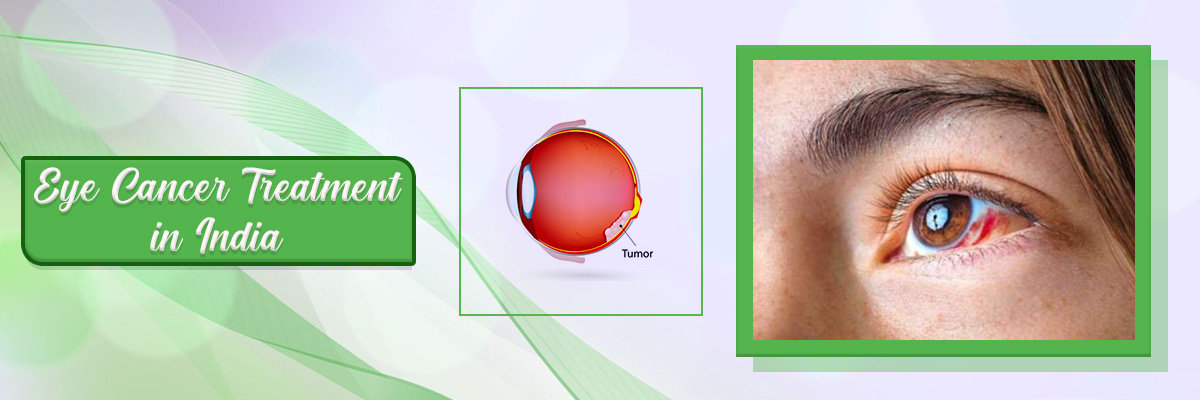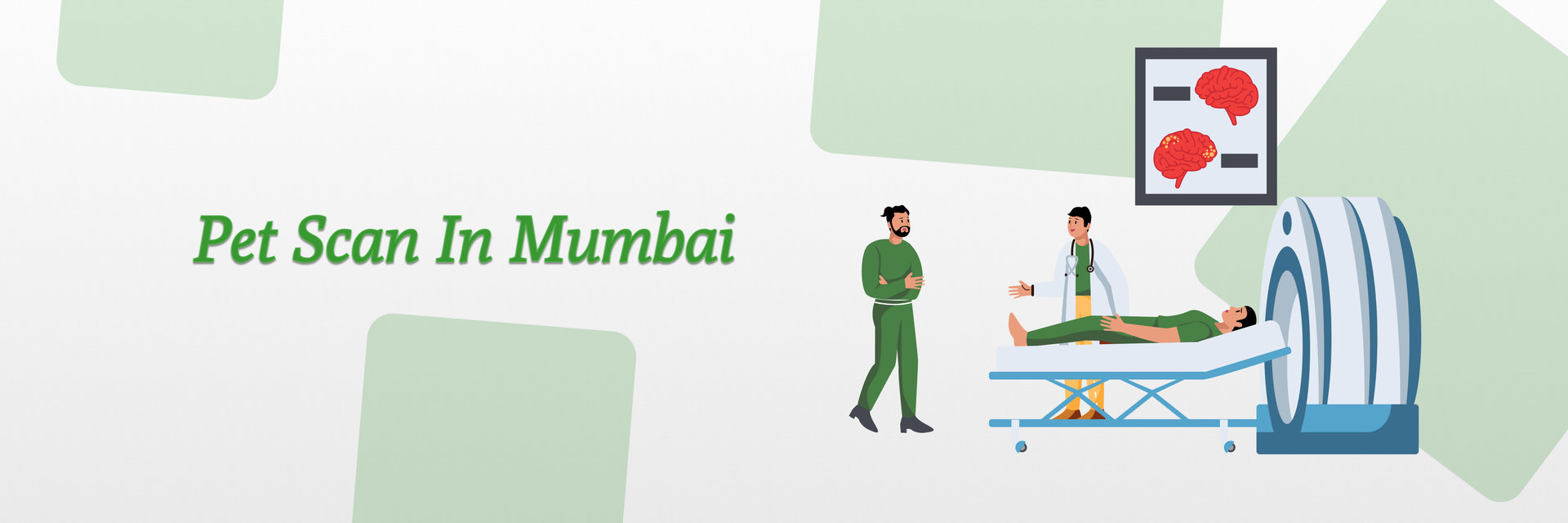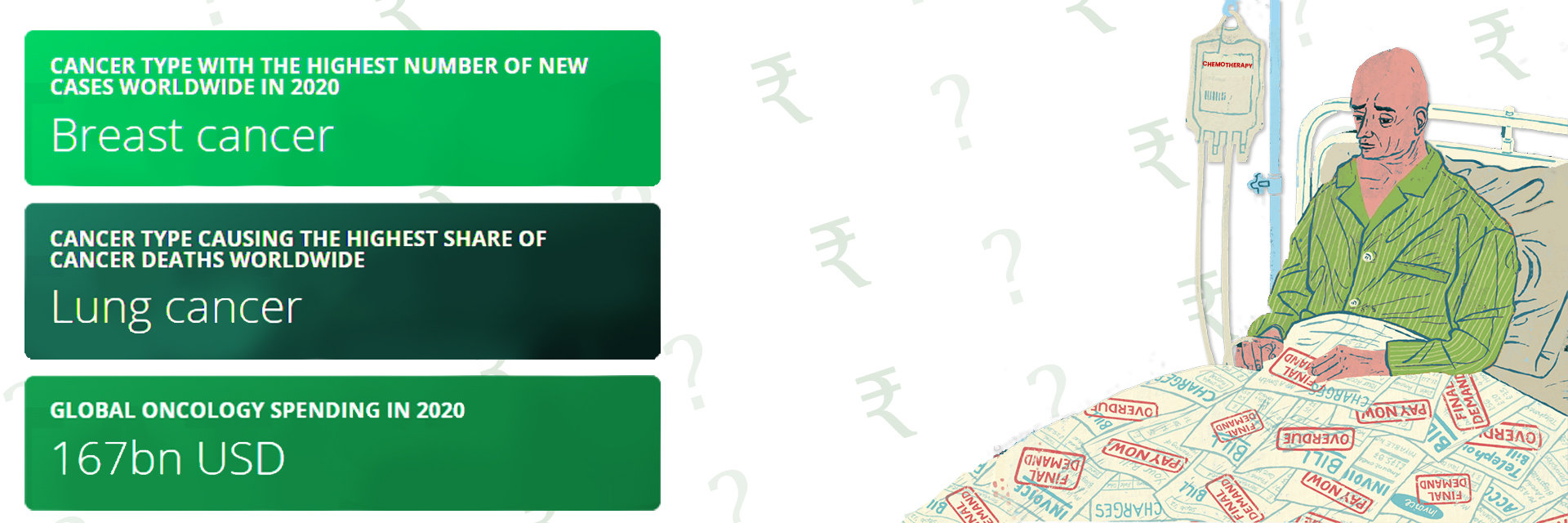Overview
Are you feeling joint pain after breast cancer treatment? You're not alone.
Studies show that as many as 70% of patients experience arthritis symptoms after certain chemotherapy treatments.
This blog explains why arthritis can happen after chemotherapy and why being aware of it is important.
Chemotherapy is a key treatment for breast cancer, but it can lead to arthritis. This side effect, causing pain and stiffness, affects many survivors and can make daily tasks challenging. Recognizing these symptoms early can significantly improve your ability to manage them and enhance your quality of life after treatment.
Keep reading to learn how to tackle this less-discussed consequence of surviving breast cancer.
If joint pain is affecting your life after chemotherapy, consult your healthcare provider for management strategies tailored to your needs. Talk to us today.
Understanding Chemotherapy for Breast Cancer
Breast cancer is a significant health concern worldwide, and while chemotherapy is a common and effective treatment, it can lead to various side effects. Chemotherapy drugs are powerful medications used to kill cancer cells. However, they can also affect healthy cells and tissues, leading to side effects such as joint pain and arthritis.
Commonly used drugs include:
- Cyclophosphamide: Helps stop the cancer cells' growth.
- Doxorubicin (Adriamycin): Attacks the DNA inside cancer cells, preventing them from multiplying.
- Methotrexate: Blocks cancer cell growth by targeting specific cell functions.
These drugs can be used alone or in combination, depending on the cancer's type and stage, to maximize their effectiveness against breast cancer.
What is Arthritis?
Arthritis is not just one condition; it's a term that covers over 100 diseases and conditions that affect joints, the tissues that surround the joint, and other connective tissue. It causes pain and stiffness when two bones meet, like the knees or elbows.
Here are some common types of arthritis:
- Osteoarthritis: The most common form, where joint cartilage wears down over time.
- Rheumatoid arthritis: An autoimmune disease where the body’s immune system attacks its tissues, including joints.
- Psoriatic arthritis: Affects some people with psoriasis, characterized by joint pain and skin flare-ups.
Symptoms:
- Joint pain and tenderness
- Swelling or stiffness in joints
- Reduced mobility or range of motion
- Warmth and redness in the affected area
Recognizing these signs early can lead to better management and less discomfort.
Discuss your symptoms for early diagnosis and treatment. Contact us today!
Link Between Chemotherapy and Arthritis
Have you wondered why arthritis might follow chemotherapy?
- Chemotherapy’s Impact: This treatment kills cancer cells but also affects other quick-growing cells in your body, like those in your joints. This might cause inflammation and lead to arthritis.
- Common Drugs: Aromatase inhibitors, often used in breast cancer treatments, are known to cause joint pain and stiffness, which are symptoms of arthritis.
Studies have found that 25% to 50% of women who take these drugs experience joint or muscle pain. This pain can affect various parts of the body, including fingers, wrists, elbows, shoulders, knees, and ankles.
Simple Tips:
- Keep an Eye Out: Notice any new joint pain or stiffness.
- Talk About It: Tell your doctor about joint discomfort during or after your treatment.
Feeling joint pain with chemotherapy? Talk to your doctor about ways to ease the pain call us to book your appointment today
Did you get joint pain after chemotherapy? Here are some easy ways to help you feel better
Factors Contributing to Arthritis after Chemotherapy
Several factors contribute to the development of arthritis after chemotherapy for breast cancer:
- Inflammatory Response: Chemotherapy can trigger an inflammatory response in the body, which may lead to arthritis.
- Hormonal Changes: Breast cancer treatment often involves hormone therapy, which can affect joint health.
- Pre-existing Conditions: Patients with a history of joint issues may be more susceptible to developing arthritis after chemotherapy.
Managing Arthritis Symptoms Post-Chemotherapy
Lifestyle Changes:
- Eat Well: Eat a balanced diet with plenty of fruits, vegetables, and fish. These foods can help lower inflammation and joint pain.
- Stay Active: Gentle exercises like swimming, walking, or yoga can strengthen your muscles and help your joints feel better.
- Watch Your Weight: Keeping healthy puts less pressure on your joints, easing the pain.
Medical Treatments:
- Pain Relievers: Medicines like ibuprofen can reduce pain and swelling. Your doctor might also suggest other drugs if your pain is more severe.
- Physical Therapy: Working with a therapist can help you move better and relieve pain. They’ll show you exercises just for you.
- Try Something New: Sometimes, acupuncture or massage can help with the pain.
Conclusion
We've discussed how arthritis can follow chemotherapy for breast cancer, including why it happens and what symptoms to watch for. Chemotherapy attacks fast-growing cancer cells but also affects other cells, which can lead to arthritis symptoms such as joint pain, stiffness, and swelling. Eating a balanced diet, engaging in low-impact exercises, and keeping a healthy weight are all effective strategies to manage these symptoms. Additionally, medical treatments like pain relievers and physical therapy can help alleviate discomfort.
If you're experiencing these challenges, talk to your doctor about the best strategies for your situation. schedule your appointment now.
References:
https://www.ncbi.nlm.nih.gov/pmc/articles/PMC9629969/






